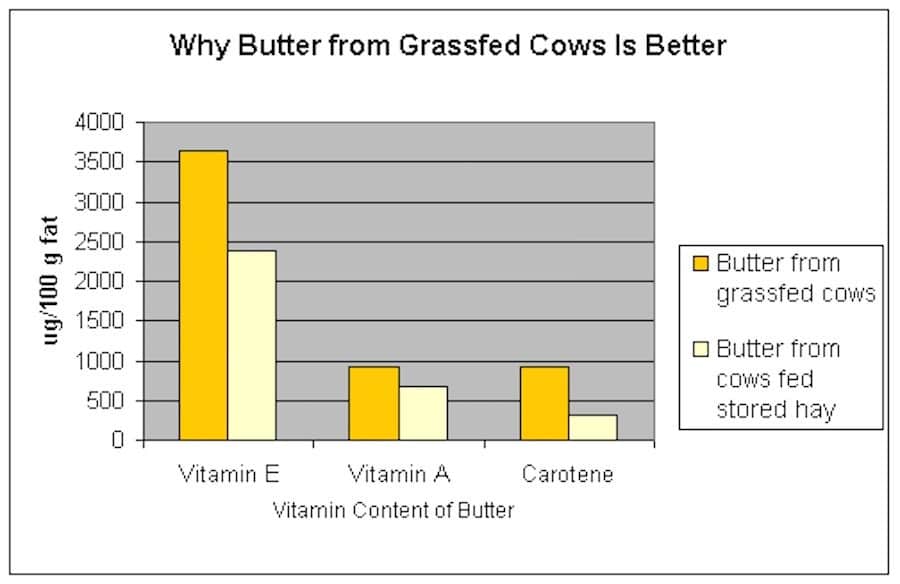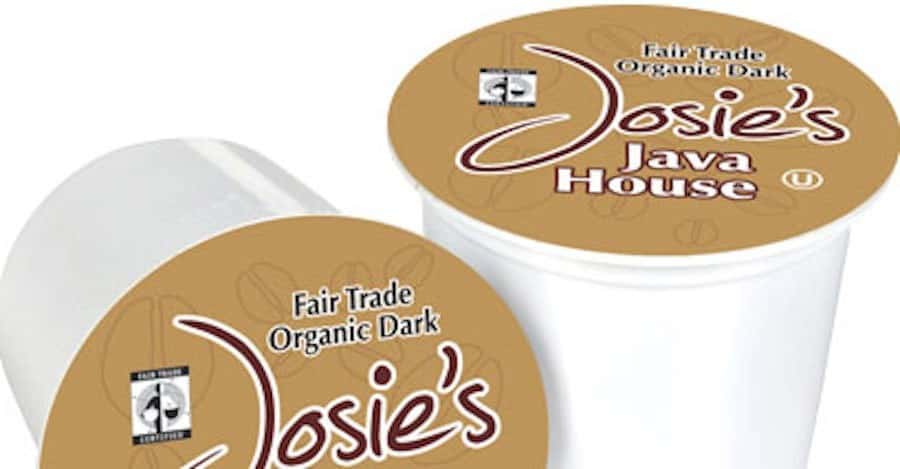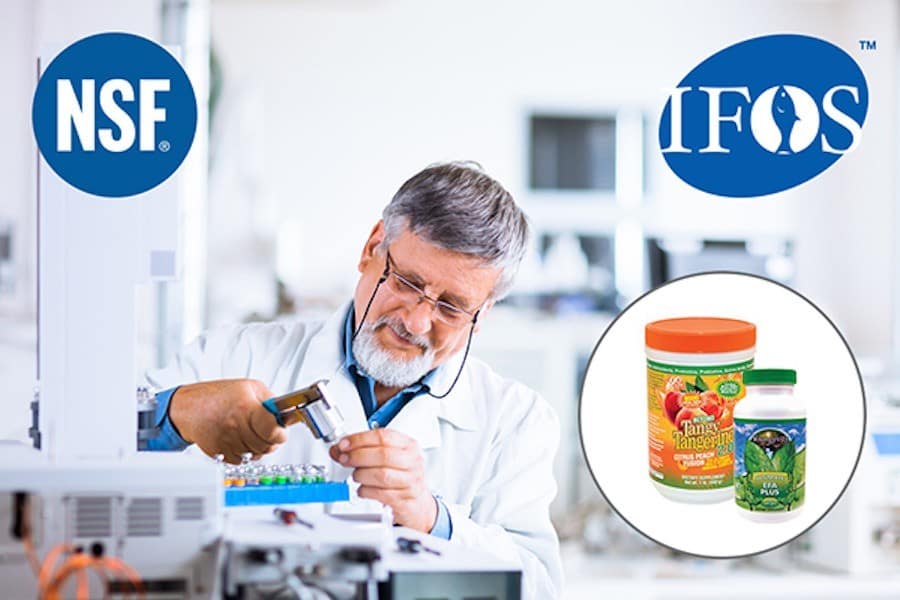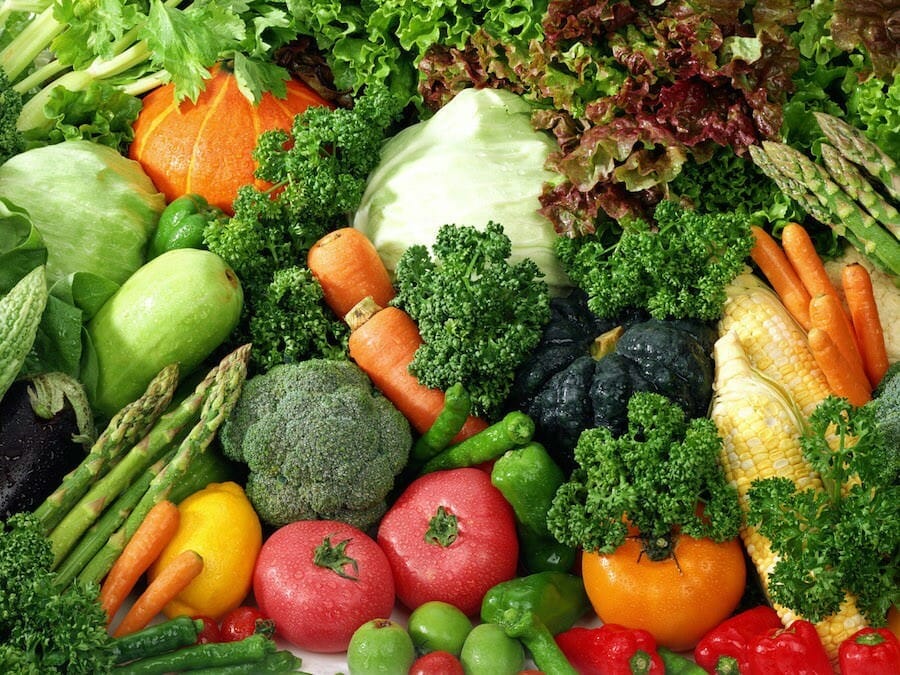Over the past few years I have becoming more interested in bio-hacking. (a good intro here)
I have always believed that we need to supplement our modern diets with high quality supplementation to be sure we are covering the bases for giving our bodies the building blocks it needs to function at a normal level.
I began to experiment with unconventional bio-hacks (more on my experiences in future posts).
It is an area that fascinates me.
New studies reveal some very interested discoveries on how food and supplements effect our bodies…
We currently understood that food sensitivities come about from an immune system reaction. It is typically at the exact same time as a lack of proper enzymes to digest the food, and normally tied to a leaking gut lining that lets undamaged food proteins pass into the blood. When the body replies to a certain food, it launches inflammatory proteins and cortisol.
Those develop systemic swelling and immune reactions that can last months or even years. This chronic inflammation can cause many problems from weight gain and aching joints to brain fog and lowered cognitive abilities.
Research has consistently revealed that high levels of swelling are at the center of numerous diseases including heart problem, diabetes, autoimmune diseases and some psychological health concerns. The typical link for all these is swelling.
But just weeks back, researchers at the UVA School of Medicine released a textbook-changing discovery showing that the brain straight links to the body immune system via lymphatic vessels that we didn’t know existed– previously!
Up until this study came out, medical professionals were taught that these inflammatory particles could only affect the brain after they penetrated the blood brain obstacle. The now-disproven belief was that foods could not impact the brain because food particles could not pass the obstacle.
We now know that there’s a direct line between the body immune system and the brain, opening up brand-new fields of research and tough existing ones. Now that we understand these vessels have actually been at the brain party because birth, there will certainly be brand-new approaches for studying diseases that affect the brain (such as Autism, Alzheimer’s and Multiple Sclerosis).
We also have a plausible mechanism for how food (and supplements) can so drastically effect cognitive performance in the short term and the long term. It’s something nutritional experts and functional medication medical professionals have actually observed, but we didn’t think we understood how it worked previously!
Right here’s how it works:
This study pulled back the drape on the bridge in between your brain and body immune system. We’ve mapped the surface area of the moon, so how did these vessels go unnoticed for so long?
Imagine this– the Golden Gate Bridge is covered in a huge drape making it undetectable to you, however you want to go to the opposite of the bay. You know there are individuals on the other side, but you’re unsure how they arrived. By vehicle? Can’t be, there’s no bridge! Perhaps they swam? You start making poor presumptions, however you understand it’s possible by evidence of individuals on the other side. It’s not up until someone draws back the drape that you find a huge stunning bridge that you can drive your automobile over. That’s exactly what these scientists carried out in this research study.
The scientists state the vessels were simple to miss due to the fact that of their place, carefully watching a major capillary down into the sinuses– a location really difficult to image.
This mind-blowing discovery was enabled by a newly established strategy for studying the meninges of mice (membranes covering the brain) that made vessel-like patterns in the distribution of immune cells noticeable under a microscope. It was then that the scientists checked for lymphatic vessels– and poof! They existed this whole time.
Exactly what does all of this mean?
The most vital outcome of this discovery is that now rather than asking why exists is an immune response in the brain, we can observe and study the connecting paths.
This is going to advance the rate at which we can find out about our body, brain and immune system connection by leaps and bounds. It’s also going to help you more precisely make use of food to manage how your brain works
References:
Visit this site to conceal references.
1- The Bulletproof Diet Book, Asprey D, 2014, Ch. 1, pg 2
2- Aggarwal BB, Shishodia S, Sandur SK, Pandey MK, and Sethi G. Inflammation and cancer: How Hot Is The Link? Biochemical Pharmacology 2006; 72 (11):1605 -1621.
3- Giugliano D, Ceriello A, Esposito K, The Effects of Inflammation: Emphasis on the Metabolic Syndrome. Journal of the American College of Cardiology 2006; 48(4):677 -685.
4, 5, 6- Antoine Louveau, Igor Smirnov, Timothy J. Keyes, Jacob D. Eccles, Sherin J. Rouhani, J. David Peske, Noel C. Derecki, David Castle, James W. Mandell, Kevin S. Lee, Tajie H. Harris, Jonathan Kipnis. Structural and functional functions of central nervous system lymphatic vessels.Nature, 2015; DOI: 10.1038/ nature14432.
















